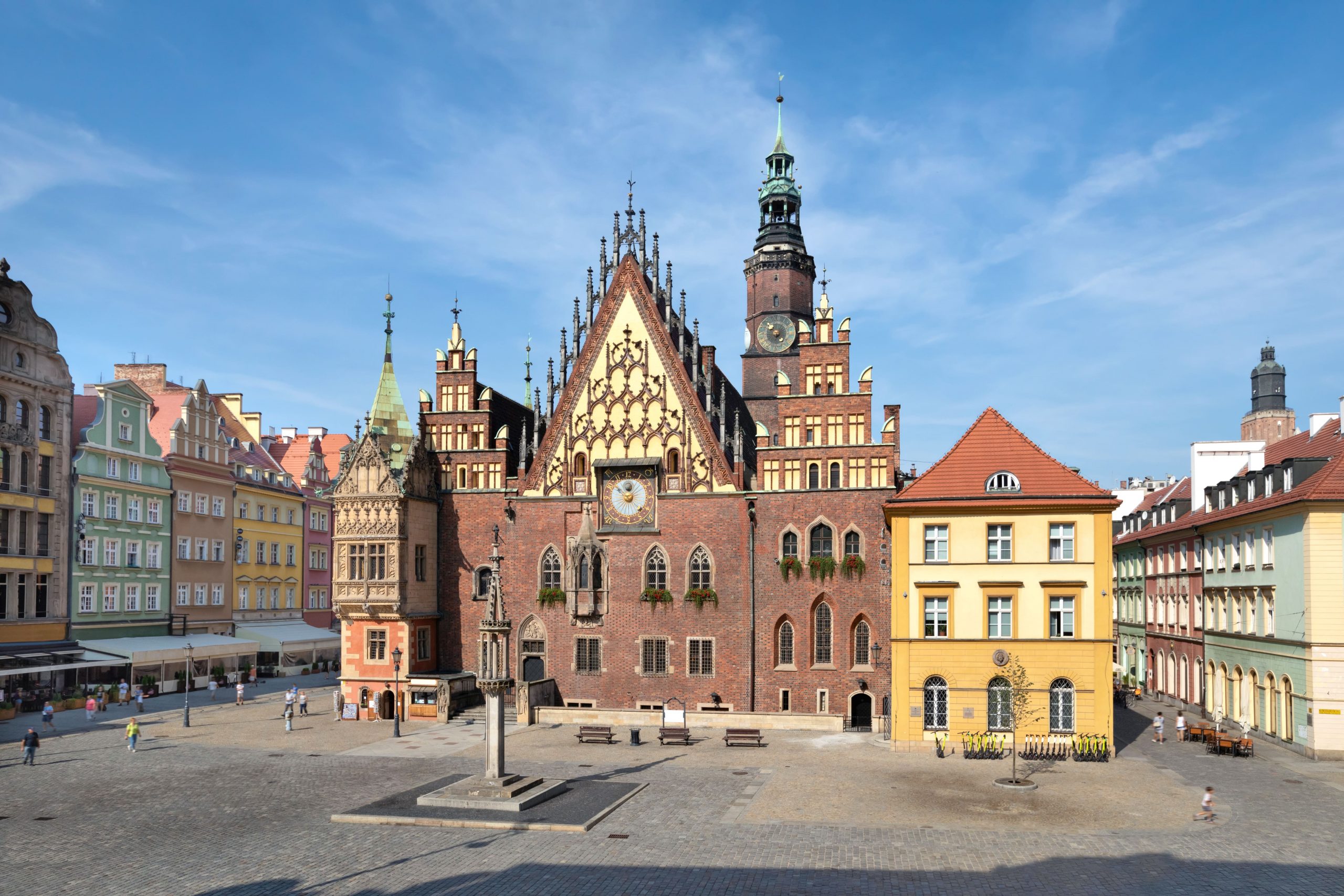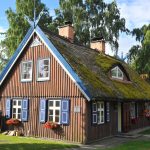
Gothic style house design is characterized by its ornate and dramatic features. Common design elements include pointed arches, steep roofs, and elaborate decorative details. Gothic style houses are often dark and foreboding, which can be both an asset and a liability. On the plus side, Gothic style house design can add an air of mystery and sophistication to a home. On the downside, it can make a house feel cramped and cluttered.
If you’re considering Gothic style house design for your home, there are a few things to keep in mind. First, Gothic style house design is best suited for larger homes. The dramatic features of the style can overwhelm a small space. Second, Gothic style house design is often associated with spooky, haunted houses. If you’re not careful, your home could end up looking like a Halloween decoration. Finally, Gothic style house design can be expensive to implement. The ornate features of the style can add up quickly.
If you’re up for the challenge, Gothic style house design can be a great way to add drama and sophistication to your home. Just be sure to keep the above considerations in mind before you get started.
What are the characteristics of Gothic style homes?
Gothic style homes are characterized by their pointed arches, ribbed vaults, and flying buttresses. Their exteriors are often decorated with intricate carvings, and their interiors are often vaulted and filled with stained glass windows. Gothic style homes are also known for their dramatic staircases, which often wind their way up to a second or third floor.
What are the main characteristics of Gothic architecture?
Gothic architecture is a style of architecture that flourished in Europe during the High and Late Middle Ages. It evolved from Romanesque architecture and was succeeded by Renaissance architecture. Gothic architecture is characterized by its ribbed vaults, pointed arches, and flying buttresses, which allowed the construction of taller and more slender buildings.
Gothic architecture first appeared in the 12th century, in the Abbey Church of Saint-Denis in France. The defining characteristic of Gothic architecture is the pointed arch, which was first used in the Abbey Church of Saint-Denis. The pointed arch allowed for taller and more slender buildings, and was used extensively in Gothic architecture. Gothic architects also used ribbed vaults and flying buttresses to support the weight of the ceilings and walls.
Gothic architecture reached its height in the 13th century, with the construction of cathedrals such as Notre Dame de Paris and Westminster Abbey. Gothic architecture continued to be popular in the 14th and 15th centuries, although it was increasingly replaced by Renaissance architecture. Gothic architecture was revived in the 19th century, with the construction of churches and other buildings in the Gothic Revival style.
The main characteristics of Gothic architecture are:
1. The pointed arch: The pointed arch was first used in Gothic architecture, and allowed for taller and more slender buildings.
2. Ribbed vaults: Ribbed vaults were used to support the weight of the ceilings and walls.
3. Flying buttresses: Flying buttresses were used to support the weight of the walls.
4. Taller and more slender buildings: Gothic architecture allowed for taller and more slender buildings due to the use of the pointed arch.

